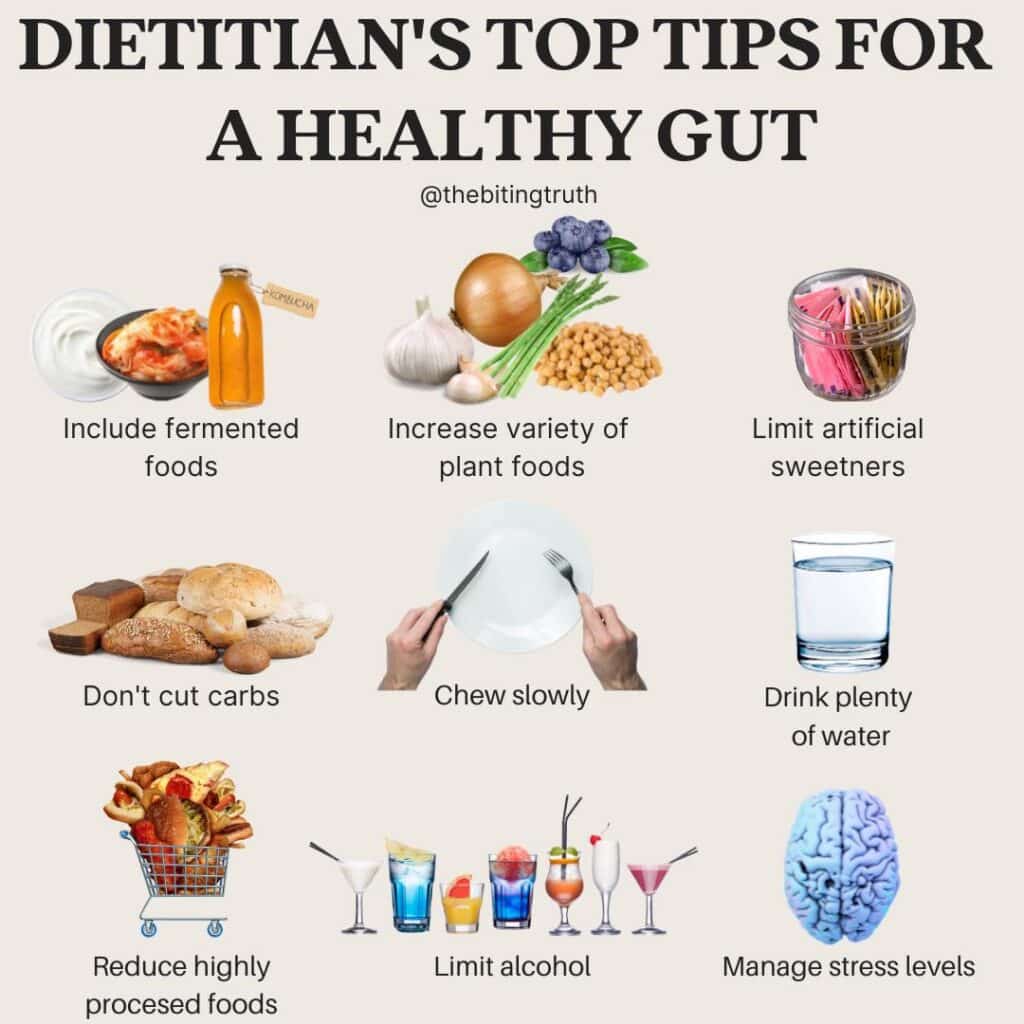Free shipping for orders over $80
Free shipping for orders over $80
In the wide world of cooking, oil plays a starring role, adding flavour, texture and a dash of nutrition to our favourite dishes.
But here’s the scoop: not all oils are created equal.
Choosing the right one can make all the difference in how your food tastes and how it impacts your health. So, which oil takes the crown in the kitchen?
Let’s dive into the fascinating world of cooking oils to find out!
In this article, we’re going to explore the ins and outs of choosing the perfect oil for your culinary adventures. Plus, we’ll break down the nutritional pros and cons of some popular oils.
1. How has the oil been processed?
Opt for oils labelled as ‘virgin’ or ‘extra virgin,’ indicating minimal processing without the use of chemicals. Cold-pressed oils retain more nutrients due to the absence of heat during extraction. On the other hand, refined oils undergo heating and chemical solvent treatments, resulting in inferior quality.
2. What are you using the oil for?
Different oils serve different culinary purposes. Consider the intended use – whether frying, baking, roasting, or making dressings. Each oil has unique heat stability, flavour profile, and composition, making them suitable for specific cooking techniques.
3. Smoke Point & Oxidative Stability:
Smoke point is the point at which an oil begins to burn or smoke. While it’s likely you’ve heard of the importance of smoke point, oxidative stability (see below) actually proves to be a more critical factor when it comes to cooking. Oxidation, accelerated by high temperatures, leads to the formation of harmful compounds. An oil’s ability to resist oxidation, influenced by its antioxidant content and fatty acid composition, determines its suitability for cooking. To give you an example, rice bran oil is known to have a high smoke point which is seen as a positive however It has very poor oxidative stability which means when heated it forms harmful compounds. Therefore it would not be considered a perfect match for cooking despite the high smoke point (more on rice bran oil below)
4. Fat Composition:
All oils have a different composition of saturated and unsaturated (polyunsaturated and monounsaturated) fats. We recommend opting for oils rich in unsaturated fats while minimising saturated fat intake. Oils abundant in polyunsaturated and monounsaturated fats, such as extra virgin olive oil, promote heart health.
5. Flavour:
The flavour profile of oils contributes significantly to the overall taste of dishes. Select oils that complement the flavours of your cuisine, whether it’s the nuttiness of sesame oil or the fruity notes of extra virgin olive oil.
Extra Virgin Olive Oil:
Coconut Oil:
Avocado Oil:
Flaxseed Oil:
Rice Bran Oil:
Sesame Oil:
Vegetable Oil
Canola Oil
Extra Virgin Olive Oil is the stand out when it comes to cooking oils.
—






